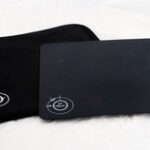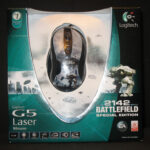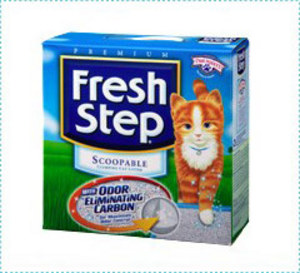When I was in Germany two years ago for World Youth Day with the Catholic Church, we had an overnight stay outside in an old airfield. In the morning, we awoke to find field mice everywhere. One had even chewed a hole in my air mattress during the night, as I had laid it over his doorway (a hole in the ground) and he had no other way out. Last summer when we decided to tear down our shed and replace it with a new one, we discovered a family of field mice living underneath the floor. The shed was an excellent place for them to live. They kept warm and dry and had an endless supply of food as we kept our bird seed in there. They used pieces of fabric chewed from my garden gloves to make their nests (which I found out after the shed was moved); plus the shed was next to my garden, so they were able to get fresh veggies all through the growing season. Field mice can be one of the most destructive rodents around when it comes to the plants in your garden.
Field mice or meadow mice as they are often referred to, can grow up to seven inches or more and are usually gray or brown in color. They live no longer than 14 months on an average and at age seven or eight weeks they are old enough to reproduce. They can have up to eight young at a time and will have approximately four litters a year.
Sleeping during the day, field mice are active during the night, looking for food, building nests and socializing. Their sense of smell, taste, hearing, and touching are excellent. They can dig, climb, tread water, and can squeeze through openings as small as one and a half inches wide. They possess razor sharp teeth that can gnaw on the hardest of wood or the thickest of plastic. In the garden they will create tunnels digging up seeds and bulbs as they go, eat newly planted seedlings and devour berries and other fruits. Inside they have been known to chew wiring and build nests in insulation.
There are several signs that indicate you have field mice for tenants, such as droppings, tracks and as in the case of my garden gloves, gnawed items. There is also the rare visual sighting and the signs of crop damage. If you suspect you have field mice in an outdoor building but aren’t sure, sprinkle powder or flour on the floor, bait the area with tempting seeds and wait to see if any animal tracks are left behind in the powder.
Although our small colony of field mice quickly ran away when we removed our old shed, we wanted to insure they would not move back in. We put our bird seed in metal containers that had tight fitting lids. The big tins of popcorn that you see during the Holiday season make a great container for storing bird seed. I put my garden gloves in my garden bucket and kept it located in my basement. It was a little inconvenient, but I figured it was well worth the extra steps.
Weeds and mulch make excellent places for field mice to hide. Keep weeds cut and spread mulch as close to the end of the year as possible. Ammonia will also help keep mice away.
There are natural predators that field mice have such as cats, hawks, owls, coyotes, and foxes.
Another way to get rid of these pests is to put down cornmeal mixed with a little dry cement in a shallow dish. When the field mice eat this, plus mixed with a little water conveniently placed nearby, the cement will set-up in the mouse’s stomach and it will not be able to digest it.
There are also poisons on the market that can be used, but I am an organic gardener and will not work with chemicals them.
Traps are another way to get rid of these varmints. You can capture field mice in baited snap traps or use live traps and then take them for a ride to the country, leaving them there.
If you see one field mouse, you can bet there are more. The above information should give you more than enough things to try to rid yourself of destructive field mice.
Source: Encyclopedia Americana




